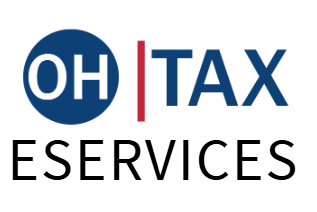Extended Filing Due Date Approaches for 2024 Individual Income and Gift Tax Returns
As the Oct. 15, extension deadline looms for filing 2024 individual income and gift tax returns, what does the federal government shutdown mean for Internal Revenue Service employees and individual taxpayers?









